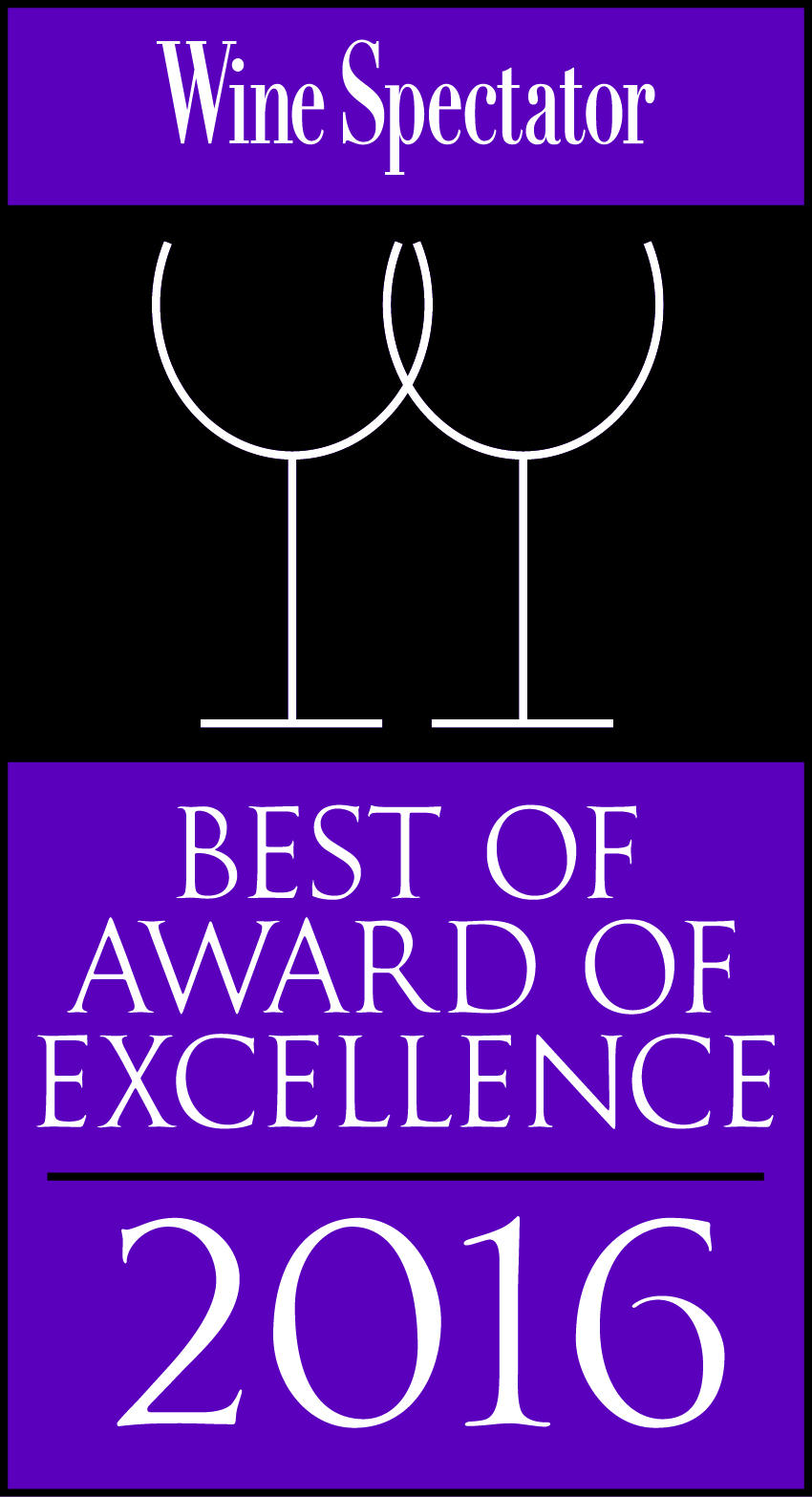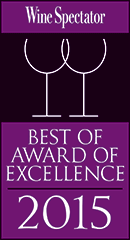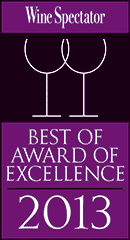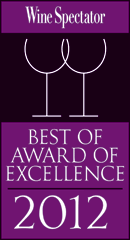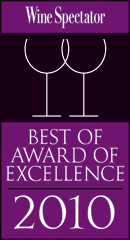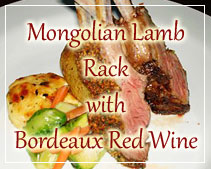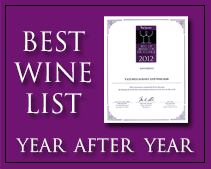Guide to white wine of Graves, Bordeaux France
Date: December 24, 2010
About Wines from White wine of France
Best wine supplier in Philippines discusses wine related topics
It is perhaps somewhat ironic that we should begin with Graves and in particular its northern enclave of Pessac-Léognan, as this was one of the last of the great vineyard regions of Bordeaux that I was to discover. And certainly, when looking solely at the appellations and communes of the left bank, I was intimately familiar with Pauillac, St Julien and Margaux long before I was even aware of these vineyards on the far side of the city of Bordeaux. And yet this should not be the case; here we have a region steeped in history, a landscape of vines dotted with chateaux sometimes of feudal origins, some bearing crenellated battlements as testament to their former roles. Through history their proprietors have including noble seigneurs, admirals and popes, although today during a visit to one of these grand chateaux you are far more likely to find yourself shaking hands with a supermarket magnate or an employee of a huge insurance company than a papal candidate. Nevertheless this is a region with historical precedence over the Médoc to the north, and I see nowhere more fitting to begin my guide than here, on the doorsteps of some of the most illustrious chateaux in all Bordeaux.
Graves – Yesterday and Today
As I have already expounded in this guide, this is one of the longest established regions of Bordeaux; there was viticulture here as far back as the Middle Ages, centuries before the marshes of the Médoc were drained and vines were planted in the gravelly soils there. The region’s leading light, Chateau Haut Brion, dates back to the mid-16th Century, but others are even older; there has been a dwelling at the site of Chateau Olivier for at least eight centuries, and although the property has been extensively modified over the years some parts of it are very old indeed. Pape-Clément is another old timer, this having been the seat of Bertrand de Goth, Archbishop of Bordeaux, during the very first few years of the 14th Century, before he took the papal office and the name Clément V.
Despite the survival of many of the castellations, the inhabitants no longer fear foreign invaders as they once did, for now it is an enemy of a different sort that is advancing on the vineyards. Today this is the frontline of the battle between the vine and the bungalow; these vineyards encircle the city of Bordeaux, its suburbs creeping ever outwards, almost as if they are feeling their way between the vineyards, testing to see where the weaknesses lie. It seems that real estate developers dream of dilapidated vineyards that can be planted with residential properties rather than vines, and indeed many of the noble names of the region are today entirely encircled by suburban streets. The two most notable examples are Haut-Brion (not forgetting the associated Laville and La Mission) and also Pape-Clément, as shown in this map of a small portion of the Bordeaux suburbs (above), although even those estates further south, away from the sprawling urban mass, are feeling the pressure. At the time of writing my most recent visit to the region had taken in Chateau Brown, at the very southwest extreme of the city of Bordeaux, and we seemed to drive down a dozen suburban streets before reaching the entrance to the estate. It is a curse with a silver lining for the pragmatic though; one proprietor in the region once confessed to me that should it ever be necessary, he could ameliorate any financial difficulties by selling off the small section of woodland that lay at the bottom of one of his vineyards, the value of which he had been watching gradually increase year after year as the houses encroached upon it. Although I wonder whether this act would have made him a very popular man with his contemporaries, it was without doubt a comfort to him that he had this security on which he could fall back should the bank manager ever call in his loans.
Graves Appellations
The Graves region, although it is perhaps rather stating the obvious, is named for the gravelly terroir which lies underfoot; the depth of gravel varies, and is as deep as three metres in places, forming well defined outcrops. This well drained and impoverished soil is credited with much of the character and quality of the wines of Graves, although why this particular area of Bordeaux should be so blessed with this name, rather than any of the communes of the Médoc further north which are also characterised by gravel croupes on which so many of the famous Grand Cru Classé properties are sited, is something of a mystery to me. The vineyards are also dotted with clay, chalk, sea shells and sand, the latter elements testament to the nearby waterways, the courses of which have varied over the millennia. Here we are on the left bank of the Garonne, as it flows to its rendezvous with the Dordogne, at which point it becomes the Gironde.
In recent years the most significant change in the Graves landscape occurred in 1987 when, after many years of pressure from the leading producers, the expanse of vineyards that make up Graves were further classified, with the vineyards just to the south of Bordeaux receiving a new appellation, Pessac-Léognan. Here, in this Graves enclave which is largely represented in the map above, can be found all the chateaux of major interest. To the north of the land described in the map lies the city of Bordeaux, including those vineyards that lead the battle against the suburbs, as depicted in the smaller map at the top of the page. The Pessac-Léognan appellation describes wines from ten communes; Cadaujac, Canéjan, Gradignan, Léognan, Martillac, Mérignac, Pessac, Saint-Médard-d’Eyrans, Talence, Villenave-d’Ornon, and it is a rarity (in Bordeaux at least) in that INAO regulations allow for white wines as well as red. Permitted varieties include Semillon, Sauvignon Blanc (which must comprise at least 25% of the blend) as well as Muscadelle, although it is the former two – and perhaps Sauvignon more than Semillon – that will constitute the major part of any blend. Interestingly the red varieties included in the appellation regulations include the full gamut of traditional local varieties, although at least a couple of these are now very unusual. The triumvirate of Merlot, Cabernet Franc and Cabernet Sauvignon obviously dominate, but there is also provision for Petit Verdot, also Malbec (or Cot as it is sometimes known) and even the vanishingly rare Carménère, which is far more likely to be encountered in Chile than here on the banks of the Gironde. The rendement de base – the maximum level for permitted yields – is set at 48 hl/ha for white grapes and 45 hl/ha for red grapes, admirable figures but ones that should always be taken with a pinch of salt. Add the rendement annuel, the actual permitted yield which is set on a yearly basis, followed by the plafond limité de classement (an increase of the maximum yield granted by the INAO on top of the annual figure), and it should be clear that true maximum yields can be much higher than 48 hl/ha. This is not specific to Graves or even to Bordeaux, and is something I have also covered in my Loire wine guide.
To the south of Pessac-Léognan are the vineyards that have remained designated as Graves following their parting of ways in 1987, spread over 43 communes entitled to the appellation. Here regulations are similar, the grape varieties are obviously broadly the same, although some of the INAO numbers are different, such as the rendement de base which is higher at 50 hl/ha, but otherwise the style is essentially the same as that of Pessac-Léognan. With that in mind there can be good value here, away from the more exalted names to the north, and it is one of many regions in Bordeaux that are crying out to be better exploited. As a final point in this rundown of the relevant appellations, I should make note of one oddity that comes along with Graves. This is the appellation of Graves Supérieures, a little-seen halfway-house between the dry whites of Graves and the sweet wines of Sauternes and Barsac, appellations which are of course completely surrounded by the Graves vineyards. It allows only for white wines, and the INAO regulations, which stipulate a rendement de base of 40 hl/ha, a must weight of 195 g/l, and minimum values of 12% alcohol and 18 g/l residual sugar in the final wine clearly favour the production of sweeter styles. It is not a wine, however, I am very familiar with.
Graves – The 1953 and 1959 Classifications
Like a number of regions of Bordeaux, Graves has been classified, and here this process dates back to 1953, when the first classification was drawn up. Although most sources indicate the classification was only officially ratified in 1959, this appears to be incorrect – the original 1953 classification had already been ratified by that time, and the 1959 ranking was a new classification with revision, admitting several new estates to the ranking (bringing the total number to sixteen) and this producing the Graves classification which is still referred to today.
The full classification together with more details of its history is worthy of some attention and can be viewed here, but naturally not all estates live up to the promise they must have shown five and more decades ago, and thus I have not included every estate in my list of ‘notable chateaux’ to the right. Without doubt the leading estates of the region are around Haut-Brion, namely La Mission Haut-Brion and Laville Haut-Brion (La Tour Haut-Brion also, although from the 2006 vintage onwards this wine is blended into La Mission, and in effect the estate no longer has an independent existence) and of course Haut-Brion itself. These should not be confused with Larrivet-Haut-Brion and Les Carmes Haut-Brion, which although noteworthy do not challenge what are essentially first growth properties.
My list presented here documents those estates in Pessac-Léognan which seem to me to be performing well or at least producing some interesting wines, but it is in no way intended as a reclassification of the region, and thus I have presented the wines in alphabetical order. The list also takes no account of which estates are producing only good red or only good white, which is true of one or two properties. For a complete listing of the chateaux of Pessac-Léognan, and whether the properties are classified for their red wine, their white, or both, see my Graves classification.
Source: http://www.thewinedoctor.com/regionalguides/bordeaux3graves.shtml
Are these articles useful for enhancing your wine and dine experience in the Philippines. Do they also help you with travel, leisure, vacation, dining out, nightlife and other leisure activities plans in Manila and other major cities of Philippines? Yats Restaurant hopes to provide you with ample information so you can plan your trips to Pampanga Angeles City Clark Freeport Zone whether you are travelling from Manila or other Asian countries such as Hong Kong, Shanghai, Singapore, Malaysia or Korea.
Restaurant reservations in Manila Philippines, planning of menu, selection of wine for dinner and booking a private function and event in Angeles City Clark Freeport Zone can all be handled. Yats Restaurant and Wine Bar has been regarded by many to be the premier restaurant north of Manila Philippines. Its 3000-line award-winning restaurant wine list has kept many wine lovers happy dining in this restaurant in Angeles City Clark Philippines for over a decade.
Yats Restaurant and Wine Bar was built by Hong Kong-based Yats International in 2000 to provide a world-class cozy fine dining restaurant, business meeting facilities and venues for private dinners and functions in Pampanga Angeles City Clark Freeport Zone. Pampanga Angeles City Clark Philippines was selected for this restaurant because of safety, clean air, absence of traffic and proximity to Manila and Subic.
For comments, inquiries and reservations, email Restaurant@Yats-International.com or call these numbers:
(045) 599-5600 0922-870-5178 0917-520-4401
Http://www.YatsRestaurant.com
Getting to this fine dining restaurant of Angeles City Clark Freeport Zone Pampanga Philippines
How to get to this fine-dining restaurant in Clark Philippines? Once you get to Clark Freeport, go straight until you hit Mimosa. After you enter Mimosa, stay on the left on Mimosa Drive, go past the Holiday Inn and Yats Restaurant (green top, independent 1-storey structure) is on your left. Just past the Yats Restaurant is the London Pub.
Good restaurants in Pampanga offer facilities for private dining and business meetings. This makes these restaurants in Clark Pampanga convenient for tourists as well as business travelers. This is one of the best restaurants in Pampanga that serve good steaks as well as excellent seafood. Yats Restaurant and wine bar is one of the reasons why Manila residents travel to Pampanga to wine and dine in the good restaurants outside Manila. The wine selection of this restaurant is already well known as one of the best in the Philippines. Many people want to train here in this famous restaurant to become a wine sommelier in the Philippines.
